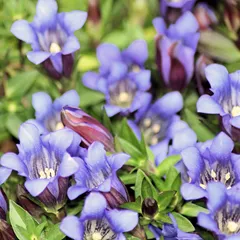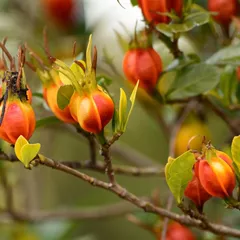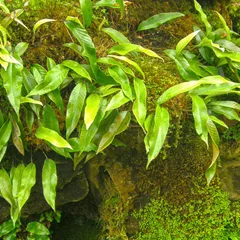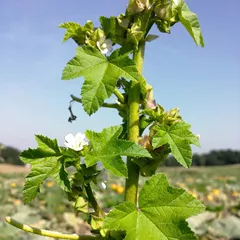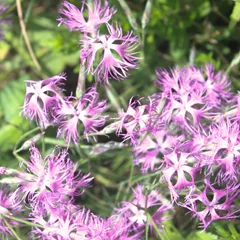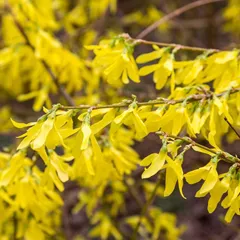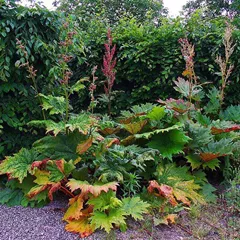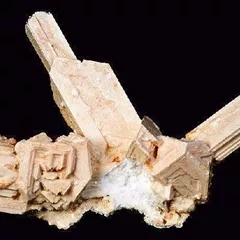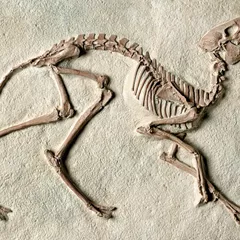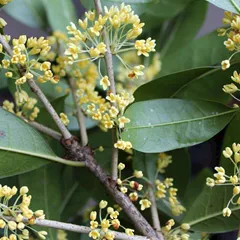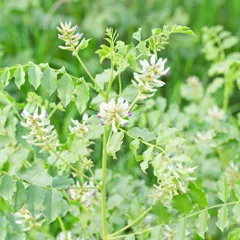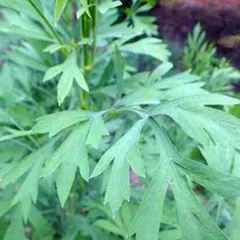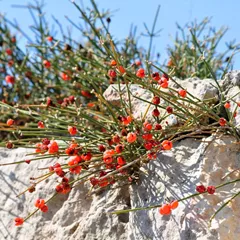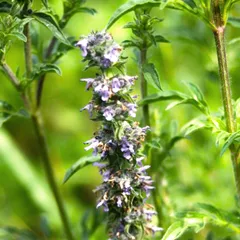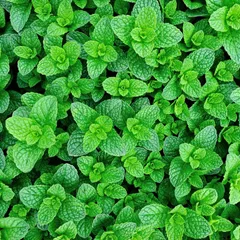Ba Zheng San
Ba Zheng San
Chinese: 八正散
Pinyin: Bā Zhèng Sàn
Other names: Eight Corrections Powder, Eight-Herb Powder for Rectification
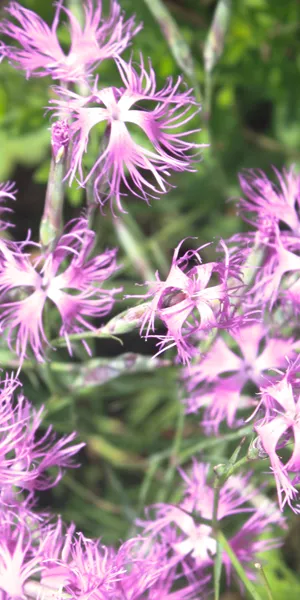
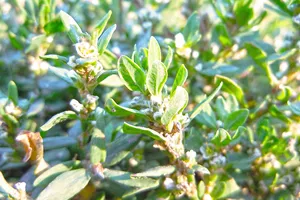
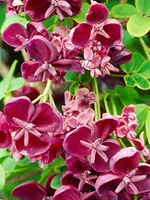
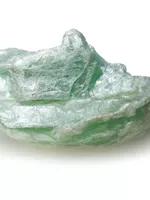




Ba Zheng San
Ba Zheng San
Chinese: 八正散
Pinyin: Bā Zhèng Sàn
Other names: Eight Corrections Powder, Eight-Herb Powder for Rectification
Number of ingredients: 9 herbs
Formula category: Formulas that clear Heat and expel dampness
Conditions for which it may be prescribed: CystitisUrethritisStomatitis and four other conditions
- Clears Heat and Fire
- Promotes urination
- Unblocks painful urinary dribbling
Contraindications: Contraindicated for long-term use because it can lead to palpitations,... Contraindicated for long-term use because it can lead to palpitations, weakness, lightheadedness and a loss of appetite. Contraindicated to treat Cold symptoms due to Deficiency. Contraindicated during pregnancy. see more
Source date: 1107 AD
Source book: Formulary of the Pharmacy Service for Benefiting the People in the Taiping Era
The information provided here is not a replacement for a doctor. You shouldn't use it for the purpose of self-diagnosing or self-medicating but rather so you can have a more informed discussion with a professional TCM practitioner.
Ba Zheng San is a 9-ingredient Chinese Medicine formula with Chinese Pink Herbs (Qu Mai) and Knotgrass (Bian Xu) as principal ingredients.
Invented in 1107 AD, it belongs to the category of formulas that clear Heat and expel dampness. Its main actions are: 1) clears Heat and Fire and 2) promotes urination.
In Chinese Medicine health conditions are thought to arise due to "disharmonies" in the body as a system. These disharmonies are called "patterns" and the very purpose of herbal formulas is to fight them in order to restore the body's harmony.
In this case Ba Zheng San is used by TCM practitioners to fight patterns like Damp-Cold in the Bladder, Damp-Heat or Damp-Heat in the Bladder. From a Western Medicine standpoint, such patterns can give rise to a range of conditions such as intermenstrual bleeding, glomerulonephritis or cystitis for instance.
On this page, after a detailed description of each of the nine ingredients in Ba Zheng San, we review the patterns and conditions that Ba Zheng San helps treat.
The nine ingredients in Ba Zheng San
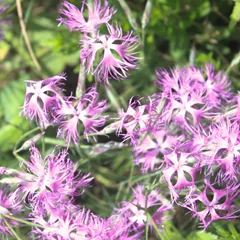
Qu Mai is a king ingredient in Ba Zheng San. Like the name indicates, it means it has more power than other ingredients in the formula.
1. Chinese Pink Herbs (Qu Mai)
Part used: Dried aerial part
Nature: Cold
Taste(s): Bitter
Meridian affinity: BladderHeartSmall intestine
Category: Herbs that drain Dampness
Qu Mai bitter and cold. It enters the Blood to invigorate the Blood and is particularly useful in treating painful urinary dribbling with Blood. It also directs Heart Fire and Heat downward, unblocks the Small Intestine, expels Damp Heat from the Bladder, and is an important herb for treating dribbling disorders.
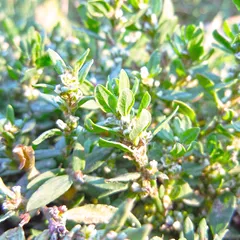
Bian Xu is a king ingredient in Ba Zheng San. Like the name indicates, it means it has more power than other ingredients in the formula.
2. Knotgrass (Bian Xu)
In general Bian Xu's main actions are as follows: "Expels Damp-Heat and encourages urination. Drains Dampness and stops itching. Kills parasites."
In the context of Ba Zheng San, it is used because it enters the Qi to promote urination, unblock painful urinary dribbling, and clear Damp Heat.
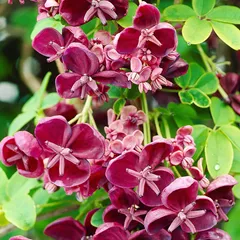
Mu Tong is a deputy ingredient in Ba Zheng San. This means it helps the king ingredient(s) treat the main pattern or it serves to treat a coexisting pattern.
3. Akebia Stems (Mu Tong)
Part used: Dried stem
Nature: Cold
Taste(s): Bitter
Meridian affinity: HeartLungSmall intestine
Category: Herbs that drain Dampness
Mu Tong is bitter and cold. It is very effective in
clearing the Stagnation caused by Dampness. It also clears Heat and promotes urination. It assists the king ingredients in unblocking any painful urinary dribbling.
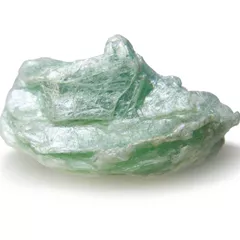
Hua Shi is a deputy ingredient in Ba Zheng San. This means it helps the king ingredient(s) treat the main pattern or it serves to treat a coexisting pattern.
4. Talc (Hua Shi)
Part used: The mineral itself
Nature: Cold
Taste(s): Sweet
Meridian affinity: BladderStomach
Category: Herbs that drain Dampness
In general Hua Shi's main actions are as follows: "Encourages urination. Expels Damp-Heat from the Urinary Bladder. Dispels Summer Heat. Dries Dampness when applied topically."
In the context of Ba Zheng San, it is used because it smooths the passage of urine despite any Stagnation in the way.
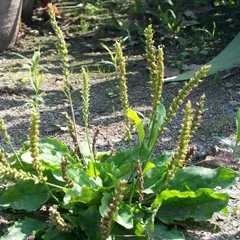
Che Qian Zi is a deputy ingredient in Ba Zheng San. This means it helps the king ingredient(s) treat the main pattern or it serves to treat a coexisting pattern.
5. Plantain Seeds (Che Qian Zi)
Part used: Dried ripe seeds
Nature: Cool
Taste(s): Sweet
Meridian affinity: KidneyLiverLungSmall intestine
Category: Herbs that drain Dampness
In general Che Qian Zi's main actions are as follows: "Encourages urination and clears Heat. Stops diarrhea by expelling water through urination. Brightens the eyes, used in combination either for Deficiency or Heat. Reduces inflammation of infections. Arrests cough and expectorates Phlegm."
In the context of Ba Zheng San, it is used because it smooths the passage of urine despite any Stagnation in the way.
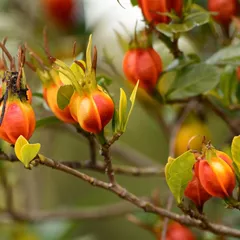
Zhi Zi is an assistant ingredient in Ba Zheng San. This means that it either serves to reinforces the effect of other ingredients or it moderates their toxicity.
6. Cape Jasmine Fruits (Zhi Zi)
Part used: Dried ripe fruit
Nature: Cold
Taste(s): Bitter
Meridian affinity: GallbladderHeartLungSanjiao
Category: Herbs that clear Heat and purge Fire and/or clear Summer Heat
In general Zhi Zi's main actions are as follows: "Clears Heat and calms spirit. Drains Damp-Heat affecting the Liver and Gallbladder. Clears Heat in the Blood and stops bleeding. Anti-inflammatory."
In the context of Ba Zheng San, it is used because it drains Heat from the Triple Burner through the urine.
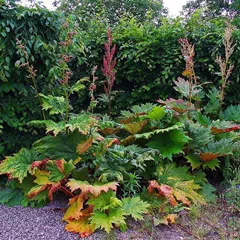
Da Huang is an assistant ingredient in Ba Zheng San. This means that it either serves to reinforces the effect of other ingredients or it moderates their toxicity.
7. Rhubarb (Da Huang)
Part used: Dried root and rhizome
Nature: Cold
Taste(s): Bitter
Meridian affinity: SpleenStomachLarge intestineLiverPericardium
Category: Purgative herbs that drain downward
In general Da Huang's main actions are as follows: "Drains Excess Heat and eliminates Dampness, especially when in the Bright Yang stage according to the Six Stages Theory. Cools the Blood and stops bleeding. Invigorates Blood, breaks up Stasis and relieves pain. Clears Heat and toxins from Excess. Applied topically for Hot sores and Blood Stasis."
In the context of Ba Zheng San, it is used because it drains Heat from the Triple Burner through the stool.
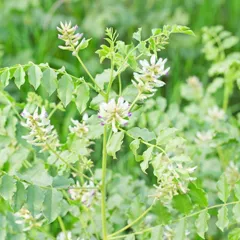
Gan Cao is an envoy ingredient in Ba Zheng San. This means that it directs the formula towards certain area of the body and/or harmonizes the actions of other ingredients.
8. Liquorice (Gan Cao)
Part used: Dried root and rhizome
Nature: Neutral
Taste(s): Sweet
Meridian affinity: HeartLungSpleenStomach
Category: Tonic herbs for Qi Deficiency
Gan Cao harmonizes the actions of all ingredients and relieves the abdominal pain. The combination of Liquorice and talc also assist to ease irritability.
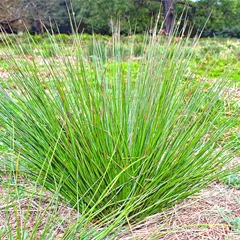
Deng Xin Cao is an envoy ingredient in Ba Zheng San. This means that it directs the formula towards certain area of the body and/or harmonizes the actions of other ingredients.
9. Common Rush (Deng Xin Cao)
Part used: Dried stem pith
Nature: Cold
Taste(s): Sweet
Meridian affinity: HeartLungSmall intestine
Category: Herbs that drain Dampness
In general Deng Xin Cao's main actions are as follows: "Diuretic, promotes urination. Clears urinary tract infections."
In the context of Ba Zheng San, it is used because it guides Heat downward as one of the envoys.
Conditions and patterns for which Ba Zheng San may be prescribed
It's important to remember that herbal formulas are meant to treat patterns, not "diseases" as understood in Western Medicine. According to Chinese Medicine patterns, which are disruptions to the body as a system, are the underlying root cause for diseases and conditions.
As such Ba Zheng San is used by TCM practitioners to treat four different patterns which we describe below.
But before we delve into these patterns here is an overview of the Western conditions they're commonly associated with:
Intermenstrual bleeding Glomerulonephritis Cystitis Urethritis Urinary tract calculi Prostatitis Stomatitis
Again it wouldn't be correct to say "Ba Zheng San treats intermenstrual bleeding" for instance. Rather, Ba Zheng San is used to treat patterns that are sometimes the root cause behind intermenstrual bleeding.
Now let's look at the four patterns commonly treated with Ba Zheng San.
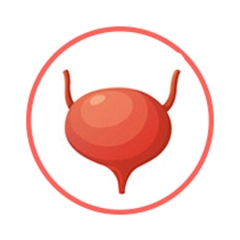
The Bladder is a so-called "Fu" Organ. Learn more about the Bladder in Chinese Medicine
Damp-Cold in the Bladder
Pulse type(s): Slippery (Hua), Slow (Chi)
Symptoms: Pale urine Turbid urine Frequent and urgent urination Feeling of heaviness in urethra Urination stopping in the middle of flow Feeling of heaviness in the hypogastrium
Ba Zheng San is sometimes prescribed by TCM practitioners to treat Damp-Cold in the Bladder. This pattern leads to symptoms such as frequent and urgent urination, urination stopping in the middle of flow, feeling of heaviness in the hypogastrium and feeling of heaviness in urethra. Patients with Damp-Cold in the Bladder typically exhibit slippery (Hua) or slow (Chi) pulses.
This pattern is distinguished by the presence of Cold and Dampness in the Bladder.
The Coldness and Dampness obstruct the passages of Fluids in the Lower Burner and interfere with the Bladder functions.
The urgent and difficult urination as well as the feeling of heaviness are typical of Dampness.... read more about Damp-Cold in the Bladder

'Heat' as a body pattern in Chinese Medicine is one of the so-called "Eight Principles". Learn more about Heat pattern in Chinese Medicine
Damp-Heat
Pulse type(s): Soggy (Ru)
Symptoms: Acne Fever Thirst Fatigue Hot body Headaches No thirst Dry mouth Dizziness Red urine Joint pain Heavy head Late period Restlessness Loose stools Heavy periods Poor appetite Chest pressure Feeling of heat Sore lower back Vaginal itching Aversion to cold Frequent sighing Vaginal discharge Abdominal fullness Frequent urination Swollen neck glands Abdominal tightness Sore and weak limbs Feeling of heaviness Lower abdominal pain Scanty dark urination Thick menstrual blood Scanty and dark urine Trichomonas infection Irregular menstruation Thermophilus infection Feeling of bearing down Purplish menstrual blood Smelly Vaginal discharge Sticky vaginal discharge Sticky taste in the mouth Bitter taste in the mouth Small clots in menstrual blood Yellow or brown vaginal discharge Stifling sensation in the chest and epigastrium
Ba Zheng San is sometimes prescribed by TCM practitioners to treat Damp-Heat. This pattern leads to symptoms such as fever, swollen neck glands, headaches and stifling sensation in the chest and epigastrium. Patients with Damp-Heat typically exhibit soggy (Ru) pulses.
Within the Four-Levels theory, Damp-Heat is the first level of invasion of External Pathogens, when it still resides in the body's Exterior.
The general symptoms of Damp-Heat are the heaviness of the body and head as well as low temperature fever rising in the afternoon. The patients are not hot on... read more about Damp-Heat

The Bladder is a so-called "Fu" Organ. Learn more about the Bladder in Chinese Medicine
Damp-Heat in the Bladder
Pulse type(s): Rapid (Shu), Slippery (Hua), Wiry (Xian)
Tongue coating: Yellow coating
Symptoms: Fever Dark Urine Turbid urine Blood in urine Feeling of heat Burning urination Urinary dribbling Painful urinary dribbling Frequent and urgent urination Hypogastric fullness and pain Thirst with no desire to drink Stony painful urinary dribbling Urination stopping in the middle of flow Urine the color of rice water - grey and cloudy
Ba Zheng San is sometimes prescribed by TCM practitioners to treat Damp-Heat in the Bladder. This pattern leads to symptoms such as frequent and urgent urination, burning urination, urination stopping in the middle of flow and dark urine. Patients with Damp-Heat in the Bladder typically exhibit rapid (Shu), slippery (Hua) or wiry (Xian) pulses as well as Thick sticky yellow coating on the root with red spots..
This is an Excess Heat and Dampness pattern which obstructs the smooth flow of Fluids in the Lower Burner. The obstruction gives rise to difficult urination, urgent urination and turbid urine.
The Heat causes burning and other Heat sensations.
In extreme cases, Dampness can materialize into... read more about Damp-Heat in the Bladder

The Triple Burner is a so-called "Fu" Organ. Learn more about the Triple Burner in Chinese Medicine
Damp-Heat in the Lower Burner
Pulse type(s): Rapid (Shu), Slippery (Hua)
Tongue coating: Sticky coating
Symptoms: Dry mouth Dry throat Lower back pain Painful urination Urinary retention Red and swollen feet Lower abdominal pain Red and swollen knees Scanty and dark urine Scanty and yellow urine Sores on the lower extremities Weakness of the lower extremities Thick yellow smelly vaginal discharge
Ba Zheng San is sometimes prescribed by TCM practitioners to treat Damp-Heat in the Lower Burner. This pattern leads to symptoms such as scanty and yellow urine, lower back pain, weakness of the lower extremities and red and swollen feet. Patients with Damp-Heat in the Lower Burner typically exhibit rapid (Shu) or slippery (Hua) pulses as well as a tongue with sticky coating.
Formulas similar to Ba Zheng San
Long Dan Xie Gan Tang is 40% similar to Ba Zheng San
Shi Wei San is 33% similar to Ba Zheng San
Liang Ge San is 33% similar to Ba Zheng San
Feng Yin Tang is 25% similar to Ba Zheng San
Fang Feng Tong Sheng San is 24% similar to Ba Zheng San
Qing Xin Li Ge Tang is 23% similar to Ba Zheng San

